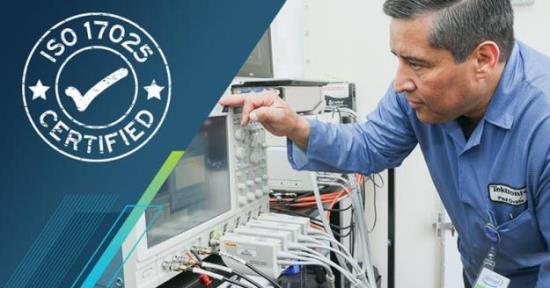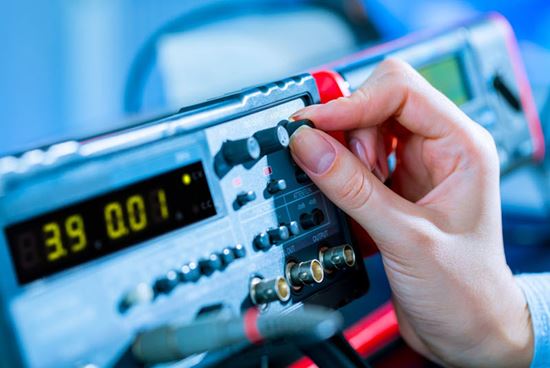

In industries such as aerospace, automotive, healthcare, aviation, and others where human lives are at stake, properly calibrated electronic test and measurement equipment is paramount. It can literally mean the difference between life or death, success or failure, profit or loss.
When a company performs a calibration on their lab equipment, they receive a calibration certificate as evidence of the service performed on each instrument. Here are five of the most common questions we get about these certificates.
What is the purpose behind calibration certificates?
The calibration certificate is the official document of record for instrument calibration and provides traceability to the National Institute of Standards and Technology, or other National Metrological Institute. The accuracy and completeness of the calibration certificate itself is reflective of the validity and credibility of the calibrating organization.
Once you get a calibration certificate, what do you do with it?
Most companies file the calibration certificate as a historical record. However, some enter the certificate data into a local database that they use to track the status of their test equipment inventory. CalWeb®, Tektronix industry-leading calibration software, is the official repository of all calibration records for calibrations that Tektronix performs, whether the calibration is done within the Tektronix network or through an approved outside vendor. CalWeb is a value-added service available to every Tektronix customer.
What is the difference between a Standard (Traceable) Calibration Certificate and an Accredited Calibration Certificate?
With Standard (Traceable) Calibration Certificates, instrumentation is calibrated to specifications with traceable standards. A full data report is optional with the calibration certificate.
With Accredited Calibration Certificates, they meet the requirements of ISO/IEC 17025 and the lab’s accrediting body. The unit under test is calibrated in accordance with ISO/IEC 17025 within the supplier’s approved scope of accreditation. Accredited calibrations provide a certificate of calibration with the accrediting body’s logo on the document. The calibration date is on the certificate; the calibration due date is only placed on the document when specified by the customer or contractually agreed. A traceability statement is provided as well as measurement and uncertainty data for each parameter tested during the calibration.

Why is uncertainty in measurement important?
It’s all about risk. All measurements (ruler, electrometer, thermometer, etc.) have some degree of uncertainty in the measurement. What variability in measurement is acceptable? If a measurement tolerance is 0.01 and the level of uncertainty in measurement is 0.001, the risk is relatively low. If the tolerance and uncertainty were reversed, the calibration would be inadequate and would provide a high level of risk to the user. The level of uncertainty allows an informed decision to be made about the acceptability of measurements. ISO/IEC 17025 requires the calibration provider to communicate in the Calibration Certificate the decision rule employed for determining a reported statement of conformity. A decision rule describes how measurement uncertainty is accounted for when stating conformity (i.e. in-tolerance or out-of-tolerance) with a specified requirement.
What do different measurement test data types mean? Like “as found,” “before data,” “as left,” and “after data?”
There are several different measurement test data types that can be included on a calibration certificate, including:
“As Found” or “Before” Data: Calibration data that is documented during the calibration and before the unit is adjusted and/or repaired. This data is critical to support any necessary customer investigation in the event that out-of-tolerance (OOT) conditions are detected during the calibration.
“As Left” or “After” Data: Calibration data that is documented during the calibration performed after the unit is adjusted and/ or repaired.
It is important to ensure the user of an instrument receives the condition of the item when received for calibration. Calibration quality system requirements may allow for only a statement of conformity (in-tolerance or out-of-tolerance) or may require the actual measurement data listing the test name, measured value and test limits for each parameter tested during the calibration process. The identification of the instrument’s condition as received at the calibration provider is critical to the user, allowing the user to determine if there is any risk from the use of the instrument during the last calibration period.
For more information on test and measurement equipment calibration, visit our website. You can also download a PDF version of these FAQs on calibration certificates here.


